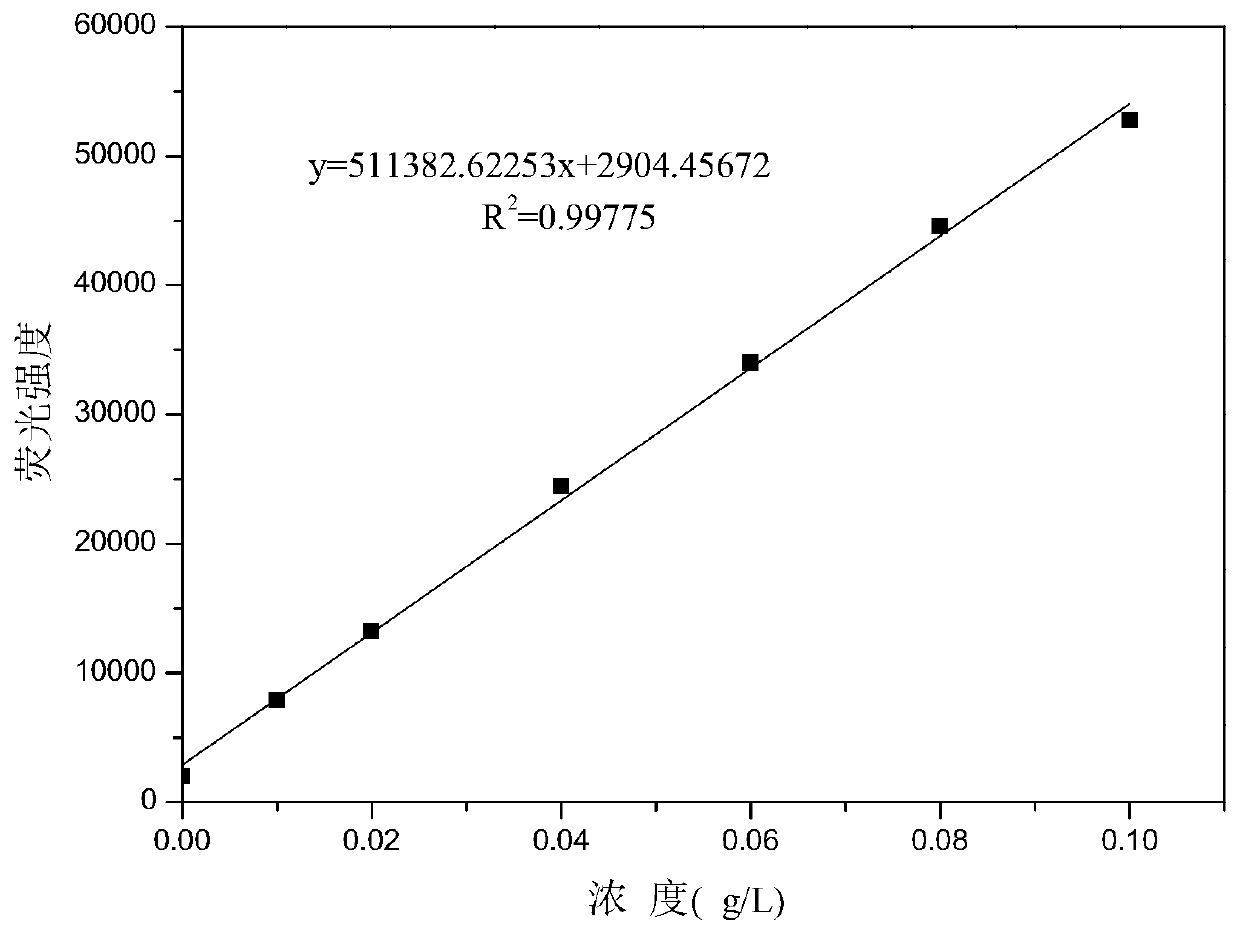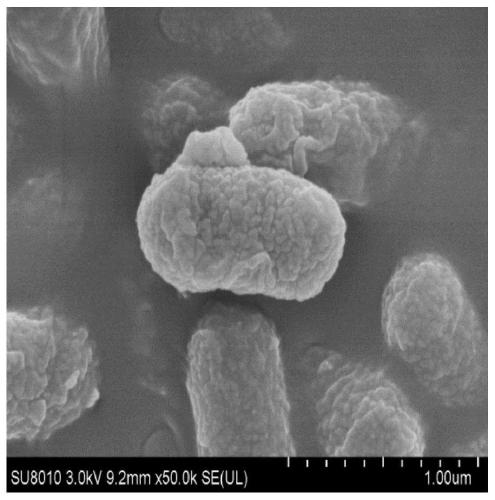Enterobacter rhizophyta biotype Ⅰ zjb-17002 and its application
A technology of ZJB-17002 and Enterobacter riverata, which is applied to Enterobacter riverata biotype I ZJB-17002 and its application field, can solve the problem of unconverted D-glufosinate-ammonium, waste of raw materials, low product yield and e.e. value and other issues, to achieve important application prospects, mild catalytic reaction conditions, easy to cultivate and collect the effect of application
- Summary
- Abstract
- Description
- Claims
- Application Information
AI Technical Summary
Problems solved by technology
Method used
Image
Examples
Embodiment 1
[0026] Example 1: Screening of Enterobacter riverine organism type I (Lelliottia amnigena) ZJB-17002
[0027] 1. Primary screening
[0028] The present invention takes soil samples from all over the country, and takes 80 parts of soil samples altogether. The specific method of screening: Weigh 1g of soil sample and place it in 10mL of 0.85% physiological saline, shake it and let it stand still, take the supernatant into the enrichment medium, and cultivate it at 30°C and 150r / min for 2-3 days with shaking . Take 1mL of the enrichment solution and add it to 50mL of fresh enrichment medium, and repeat this process 3 times before separation and purification.
[0029] Bromothymol blue filter paper was selected as the indicator filter paper to detect the colony capable of degrading the substrate. The principle is: after the colony containing the target enzyme degrades the substrate, acidic by-products (phenylacetic acid, acetic acid, formic acid, benzoic acid) will be produced, ...
Embodiment 2
[0044] Embodiment 2: identification of bacterial strain ZJB-17002
[0045] 1. Morphological identification:
[0046] The bacterial strain ZJB-17002 screened in Example 1 was inoculated on a solid medium and cultured at 37° C. for 24 hours to form round, soft, smooth, opaque, milky white colonies with a diameter of 3-5 mm. Observation by Gram staining: short pink rods without spores. Composition of solid medium: sodium chloride 10g / L, peptone 10g / L, yeast powder 5g / L, agar 20g / L, solvent is deionized water.
[0047] 2. Physiological and biochemical identification:
[0048] Using the Biolog (GENⅢ) automatic microbial identification system, 94 kinds of phenotypic tests were carried out on the strain ZJB-17002, including 71 kinds of carbon source utilization detection and 23 kinds of chemical sensitivity detection: the bacterial strain ZJB-17002 was inoculated on the BUG plate medium ( BIOLOG UNIVERSAL GROWTH AGAR), cultured at 33°C for 2 days, washed the bacteria on the plate ...
Embodiment 3
[0058] Embodiment 3: the preparation of wet thalline
[0059] (1) Incline cultivation:
[0060] Inoculate the slant culture medium with Enterobacter rhizobacter organism type Ⅰ ZJB-17002 and culture at 30°C for 48 hours to obtain the slant cells;
[0061] The final concentration of the slant culture medium is: mannitol 10g / L, sodium glutamate 7g / L, yeast extract 3g / L, K 2 HPO 4 0.75g / L, KH 2 PO 4 0.75g / L, MgSO 4 0.5g / L, caprolactam 1g / L, agar 20.0g / L, solvent is deionized water, pH 7.0~7.5.
[0062] (2) Seed cultivation
[0063] Pick an inoculation loop of bacteria from the slant and inoculate it into the seed medium, and cultivate it at 30°C for 24 hours to obtain the seed liquid;
[0064] The final concentration of the seed medium consists of: mannitol 10g / L, sodium glutamate 7g / L, yeast extract 3g / L, K 2 HPO 4 0.75g / L, KH 2 PO 4 0.75g / L, MgSO 4 0.5g / L, caprolactam 1g / L, solvent is deionized water, pH 7.0~7.5.
[0065] (3) Fermentation culture
[0066] Inoc...
PUM
| Property | Measurement | Unit |
|---|---|---|
| optical purity | aaaaa | aaaaa |
| optical purity | aaaaa | aaaaa |
| optical purity | aaaaa | aaaaa |
Abstract
Description
Claims
Application Information
 Login to View More
Login to View More - R&D
- Intellectual Property
- Life Sciences
- Materials
- Tech Scout
- Unparalleled Data Quality
- Higher Quality Content
- 60% Fewer Hallucinations
Browse by: Latest US Patents, China's latest patents, Technical Efficacy Thesaurus, Application Domain, Technology Topic, Popular Technical Reports.
© 2025 PatSnap. All rights reserved.Legal|Privacy policy|Modern Slavery Act Transparency Statement|Sitemap|About US| Contact US: help@patsnap.com



